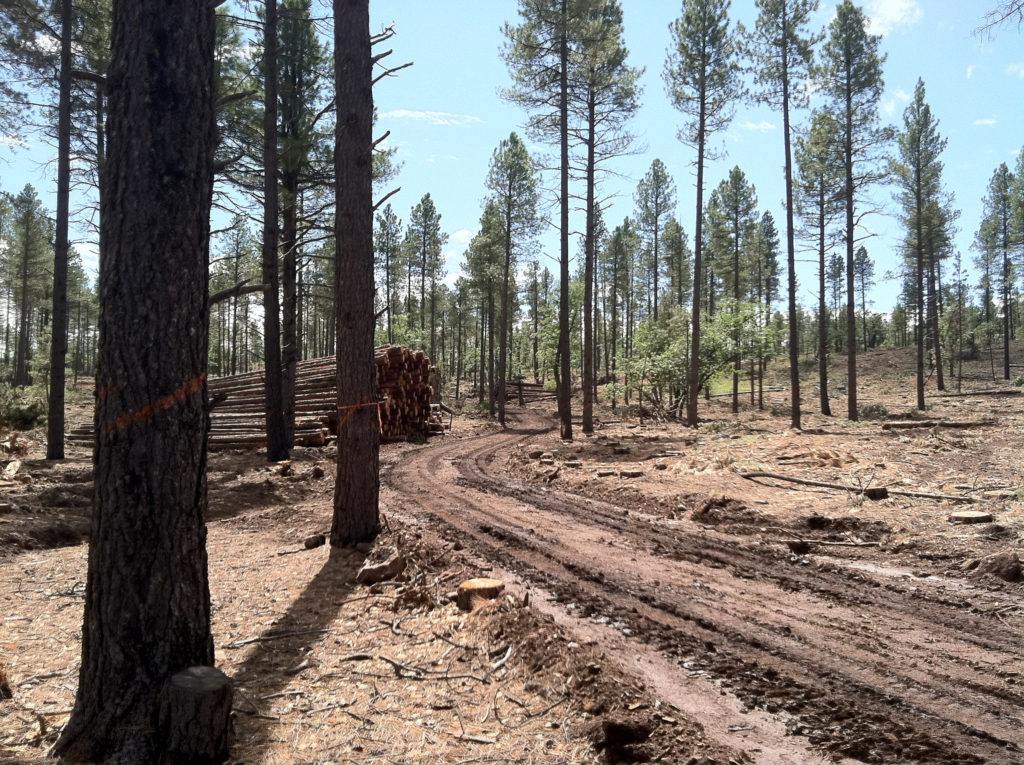It goes without saying that forests are important. As the lung of our planet, they strongly contribute to converting carbon dioxide that we exhale into oxygen for us to breath. Since the dawn of civilization, forests have been under threat. Forests are harvested for wood and many other resources and cleared to make room for farmland and buildings. But attitudes toward forests are changing. Foresters are working harder to make sure our forests can be regenerated for civilization’s many needs and wants.
Forests cover about 14.5 million square miles and about 28 thousand square miles are lost yearly. International initiatives have been launched to halt deforestation and increase reforestation. In fact, the 2011 Bonn Challenge and the 2014 New York Declaration on Forests have a combined aim to restore 580 thousand square miles of forest by 2020 and 1.35 million square miles by 2030. Resources to enable this are limited, so how best to allocate them?
In a recent paper published in PLOS One and led by Paula Meli of the Universidade de Sao Paolo, Brazil, an international research group collected and organized data from forest restoration work occurring all over the world. They surveyed 166 forest restoration studies covering 132 locations in 41 countries to assess the differences in passive vs active restoration. Passive restoration is one where the human influence in the environment is removed, and the forest is left alone to heal and recover, whereas active restoration continues human interventions in an effort to accelerate recovery; often by replanting, soil addition, and even creating new topography.
Forest recovery reclaims land previously used by humans for three main activities: agriculture, logging, and mining. Meli and her team examined recovery using metrics tied to forest abundance, diversity of species, and soil nutrient content, but also amount of rainfall, and where the forest is located (temperate vs tropical). When scientists need to determine how well a recovery intervention works, they have to choose “metrics” or indicators for success. The team’s goals here were to determine the important factors affecting recovery and to identify how to best invest scarce financial resources to help recover as much forest as possible.
The degree of recovery depended on what metric was assessed, showcasing the need to create precise recovery goals for land use managers, rather than lofty poorly-defined expressions of healing the forest. Indeed, the results varied between recovery of abundance, diversity, and soil nutrient value. Also, recovery did not always increase or decrease steadily. For example, the number of young trees in a recovering forest sometimes overshot the original tree abundance, only to come down as the trees matured.
Perhaps the most startling conclusion is that for most instances, leaving the forest alone to heal is just as effective as spending money to help it heal. This was particularly true for formerly logged sites. Former agricultural sites healed more slowly because of low nutrient content, but healed well nonetheless. Mining sites benefited most from active recovery using a combination of planting, soil addition, and “topographic recontouring” (a fancy way of saying “filling holes”). Most forests recovered completely in a few decades and within a decade for logged sites. More work needs to be done to compare active and passive recovery by performing such comparative work on the same plot of land.
The authors conclude by advising land managers “to wait a few years to observe the rate and direction of natural recovery, before investing in active restoration efforts”. Earth seems to do fine given enough time, which helps forest managers as well as budget managers.


